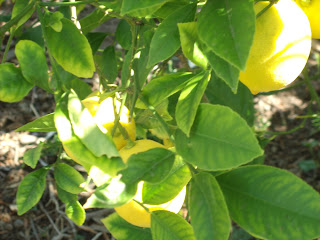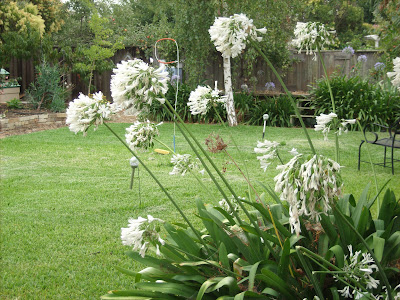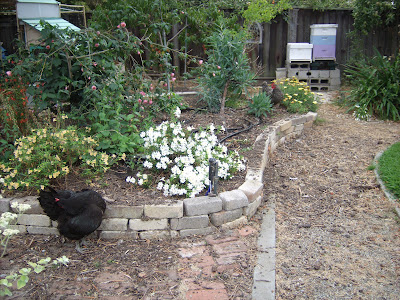Winter just zips by when I have interesting projects. I have been thinking of fabrics........dreaming of finding some real special fabrics. Well, we'll see. Still working on bricks and will be for probably another week.
Life still gets in the way which delays things. I have to take Aunt Edna in for her annual ckup on Thursday.....that takes most of the day. We are starting at 9:15 at her place, her appointment is for 10:15 but you know how that goes. Then we will probably have to go up to the lab to get blood work. Hopefully, that will be it. She continues to be in good health physically. She is loosing most of her ability to read now. Not that she knew what she was reading, but she would read out loud everything she would see. It is another step down but she still can laugh.
This photo was taken at her 90th birthday party, she has just celebrated her 99th birthday last month.
Life still gets in the way which delays things. I have to take Aunt Edna in for her annual ckup on Thursday.....that takes most of the day. We are starting at 9:15 at her place, her appointment is for 10:15 but you know how that goes. Then we will probably have to go up to the lab to get blood work. Hopefully, that will be it. She continues to be in good health physically. She is loosing most of her ability to read now. Not that she knew what she was reading, but she would read out loud everything she would see. It is another step down but she still can laugh.
This photo was taken at her 90th birthday party, she has just celebrated her 99th birthday last month.

















































